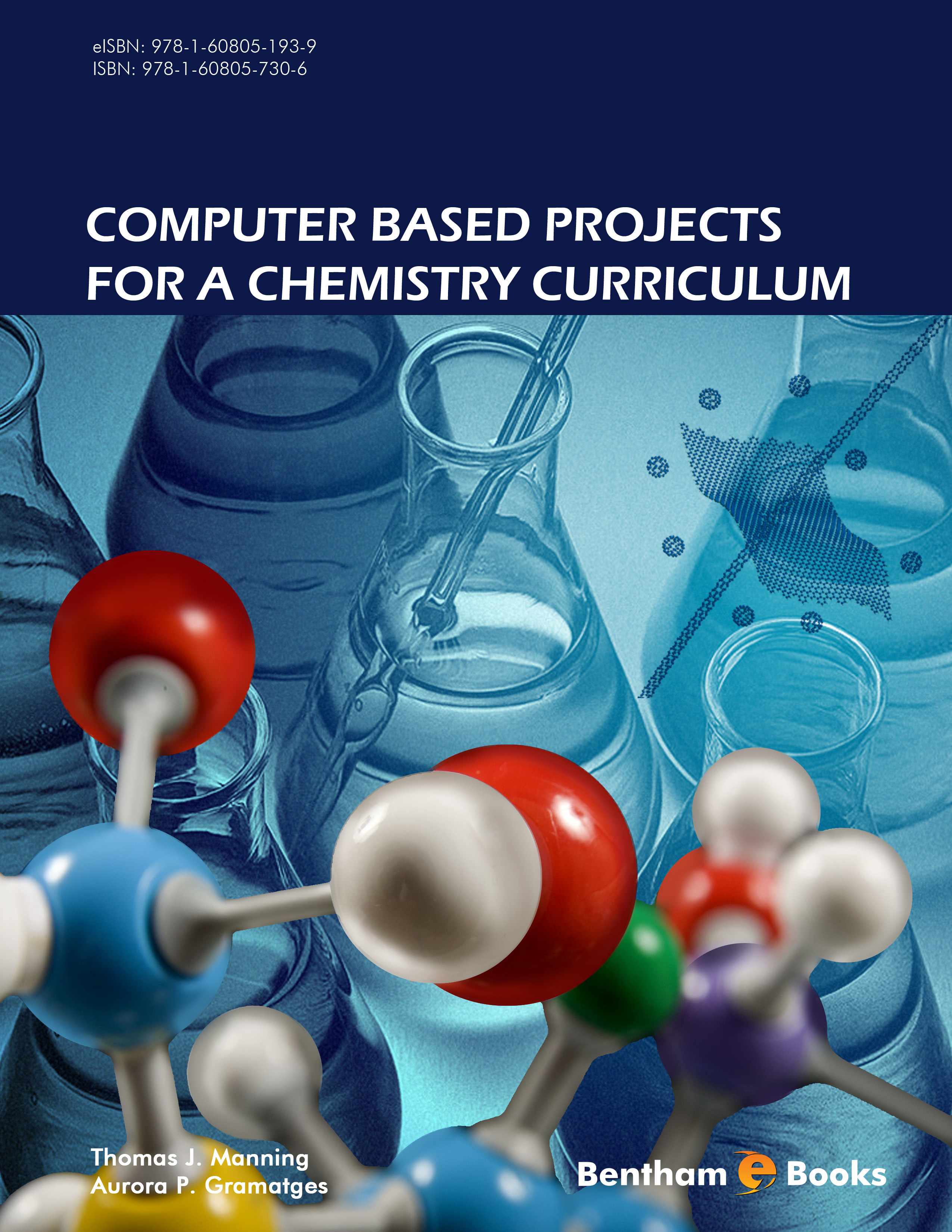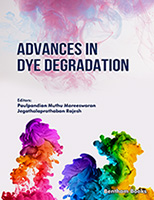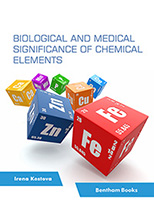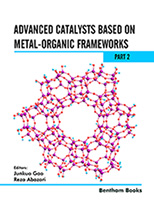Foreword
Chemistry is based on experimental facts, which in this century are determined by more and more complicated techniques. In this sense, computers are unavoidable for processing experimental data. Nevertheless, the principles and methodology for experimental work remain valid. At first sight, the methodology used in the determination and use of parameters seems to be something of no interest and importance. That sin is paid at a very high price. Fortunately, books like this one save many souls. And this book has been written so well, with such a practical approach that permits students interested in Chemistry to learn easily the way to work with experimental data in order to use them fully, something extremely important in modern science.
The most important topics of modern Chemistry are analyzed by the authors from an experimental point of view. Topics that go from molecular structure, through acidity, to Nanotechnology and Radioactivity have been treated in a very fine way. Practically nothing nowadays important is missing. Direct relations between these topics and our daily life have been didactically established as a way to stimulate the interest of the readers.
I am sure that the students will enjoy reading and using this book as I did. For Teachers this book constitutes an excellent didactic instrument.
Interestingly, the authors, both excellent Chemists and Teachers, are from two countries geographically close but so “far away” for other reasons, something that could not become an unsolvable obstacle for them.
Prof. Roberto Cao, PhD
President of the Cuban Chemical Society
University of Havana
Havana
Cuba





